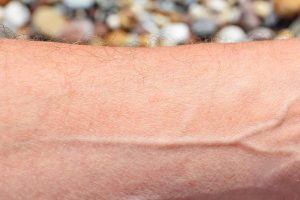
Many people have large and small veins on their hands.
The thickness is different, and the color is also different.
There is a saying in the market that the blue veins on the hands are violently caused by the accumulation of toxins. Is it really reliable?
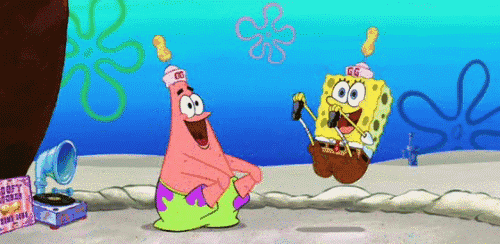
Qingjin, what exactly is it? The blue veins are violent, is there too much toxin accumulation?
This article will explain all the things about Qingjin clearly…
What are the veins on your body?
In our neck, the back of the hands, the back of the calf and other areas, there will be some green veins running like blood vessels, commonly known as blue veins.
Blue veins, some people need to look carefully to find them faintly under the skin, while some people are more obvious, one by one bulging, like small green worms.
Blue veins, why are they blue?
Although the term “jinjin” has the word “jin” in its name, the term “jinjin” is actually just our veins, with dark red venous blood flowing inside.
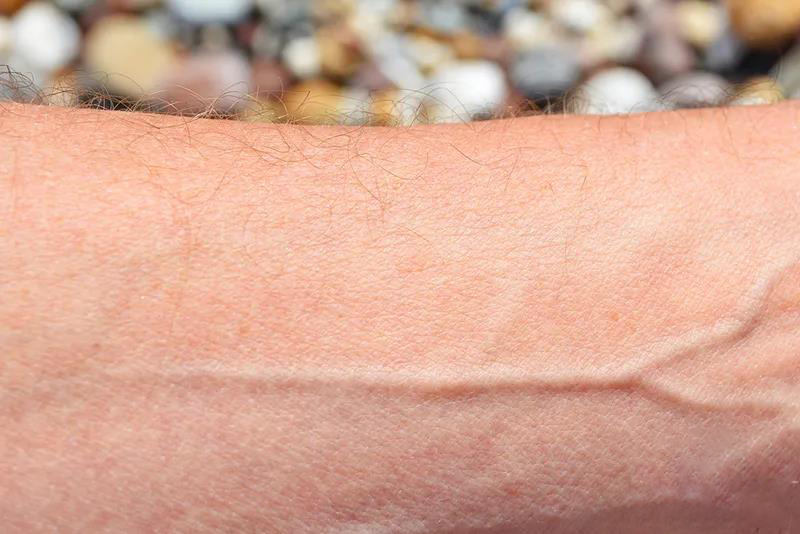
I believe someone will ask, then why is the dark red blood cyan when seen through the skin?
This is because our skin not only absorbs light, but the skin near the superficial veins also reflects light.
Since superficial veins are often more than 0.5 mm under the skin, complex optical processes will occur at this depth. Red light has strong penetrating ability and can be injected into blood vessels, partially absorbed by hemoglobin, while blue light is more reflected, so we I saw the veins that were close to cyan.
Of course, if some people have thicker subcutaneous fat, then the veins are hidden deep, and the blue light reflection is less at this time, and for these people, the blue veins will not be seen.
Blue tendons burst, indicating toxin accumulation?
The claim that green tendons are toxin accumulation is not credible.
You should know that in most cases, the appearance of green tendons is physiological and does not require treatment.
People with thin physique and fair skin
Because the subcutaneous fat is thin and the veins are relatively superficial, it is easy to be observed. And if the skin tone is paler, then more light can be reflected, making the veins more visible.
Although the blue tendons of this kind of people are obvious, generally speaking, the degree of bulging is low or flat, the veins are smooth, and there is no obvious tortuous swelling.

Bodybuilder or manual worker
Due to long-term exercise, the limbs need more blood supply. In order to adapt to this situation, the heart will increase the pumping volume, so the arterial blood flow will increase, and the venous blood flow will increase accordingly. Because the vein wall is a relatively loose structure, Long-term large blood flow will support them thicker and more swollen, so the blue veins are obvious.
These raised veins are often manifested in the back of the hands, limbs and other places where the force is usually used.
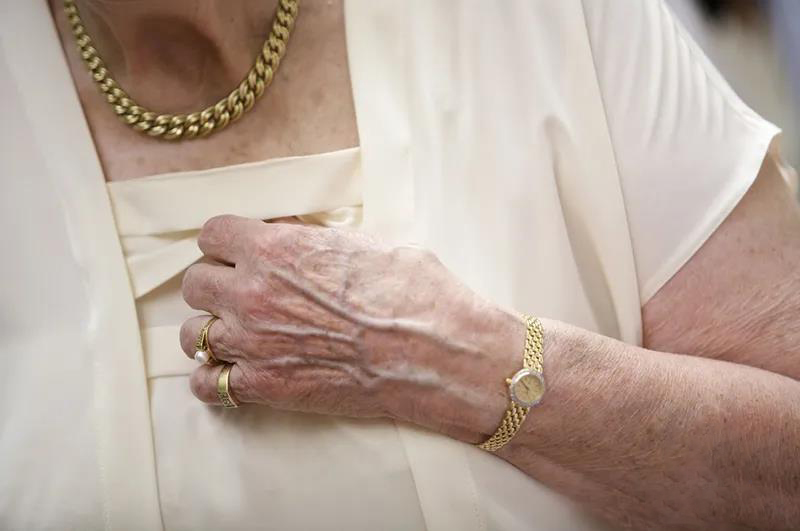
The elderly
Due to older age, fat atrophy, skin will become thinner, in addition, muscle atrophy reduces the support and restriction of veins, making the veins of the elderly look thicker than the younger ones.
If you pay attention to the back of their hands and the temples, you can often see obvious raised veins.
For these conditions, follow-up needs to be strengthened. If there is local edema, pain, and shallow ulcers, you need to see a doctor in time.
Vigorous tendon outbreaks in some places may indicate disease and require vigilance.
The veins are violent in these places, it may be a disease
Blue veins violent on the neck
The vein in the neck is the jugular vein, which is responsible for returning blood from the brain and transporting it back to the heart and lungs through the superior vena cava. If you suffer from pulmonary heart-related diseases, insufficient heart function will hinder the above-mentioned return route, so the jugular vein swells.
If the heart function is more serious, pressing the liver area at this time will make the jugular vein bulge more obvious. It is medically called the hepatic jugular vein positive sign, which means that the right heart is failing.
Varicose veins of the lower extremities
For people who need to stand for a long time or engage in manual labor, this disease is not unfamiliar. It is manifested as dilated subcutaneous veins of the lower limbs, elongated tortuous, and more than 3 mm in diameter.
Varicose veins often means that there is a problem with the venous valve. The venous valve is a physiological structure in the vein that prevents blood from reversing. If it does not work, it will cause pain, swelling, itching and other discomforts in the lower limbs.
The course of varicose veins may be very long, and the initial discomfort is often easy to ignore, but in the later stage, it will lead to local ulcers and even affect walking when the pain is severe.
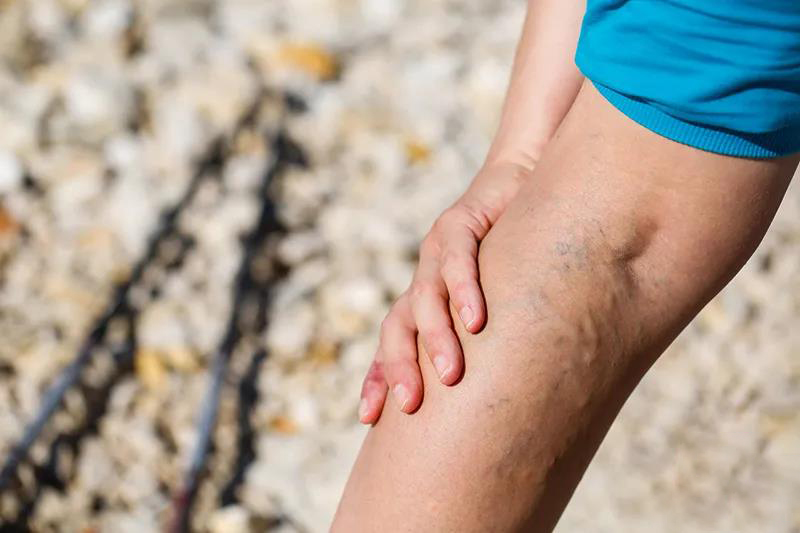
Varicocele
For men, in addition to the lower extremities, there is another special place where varicose veins may occur, that is, the scrotum.
The subcutaneous vein of the scrotum is called the spermatic vein. If it is curved like an earthworm, accompanied by swelling of the genitals and backache, you need to see a doctor in time. In severe cases, the disease may affect the quality of sperm and cause infertility.
How to treat the violent veins?
If an outbreak of blue tendons in the above-mentioned areas is found, the cause must first be identified.
The green veins on the neck can often get better after targeted treatment of cardiopulmonary diseases;
Varicose veins of the lower limbs can be controlled by raising the legs and using compression stockings in the early stage; but in the later stage, the symptoms need to be improved by vein ablation or surgery.
For varicocele, if necessary, vein ligation is needed to solve the problematic vein.
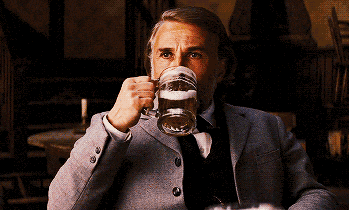
If there is no outbreak of blue veins, it should be prevented in time. Because tobacco and alcohol can easily increase the risk of blood clots, phlebitis and other diseases, and damage our blood vessels, quitting smoking and reducing alcohol consumption are important means to prevent blue veins from breaking.
In addition, avoid standing for a long time or excessive exercise, and don’t put too much pressure on the veins, so as to keep our veins quiet and stay with us for as long as possible.
Comments